How is the James Webb telescope different?
The $10bn observatory is working with its Hubble predecessor to boost space exploration
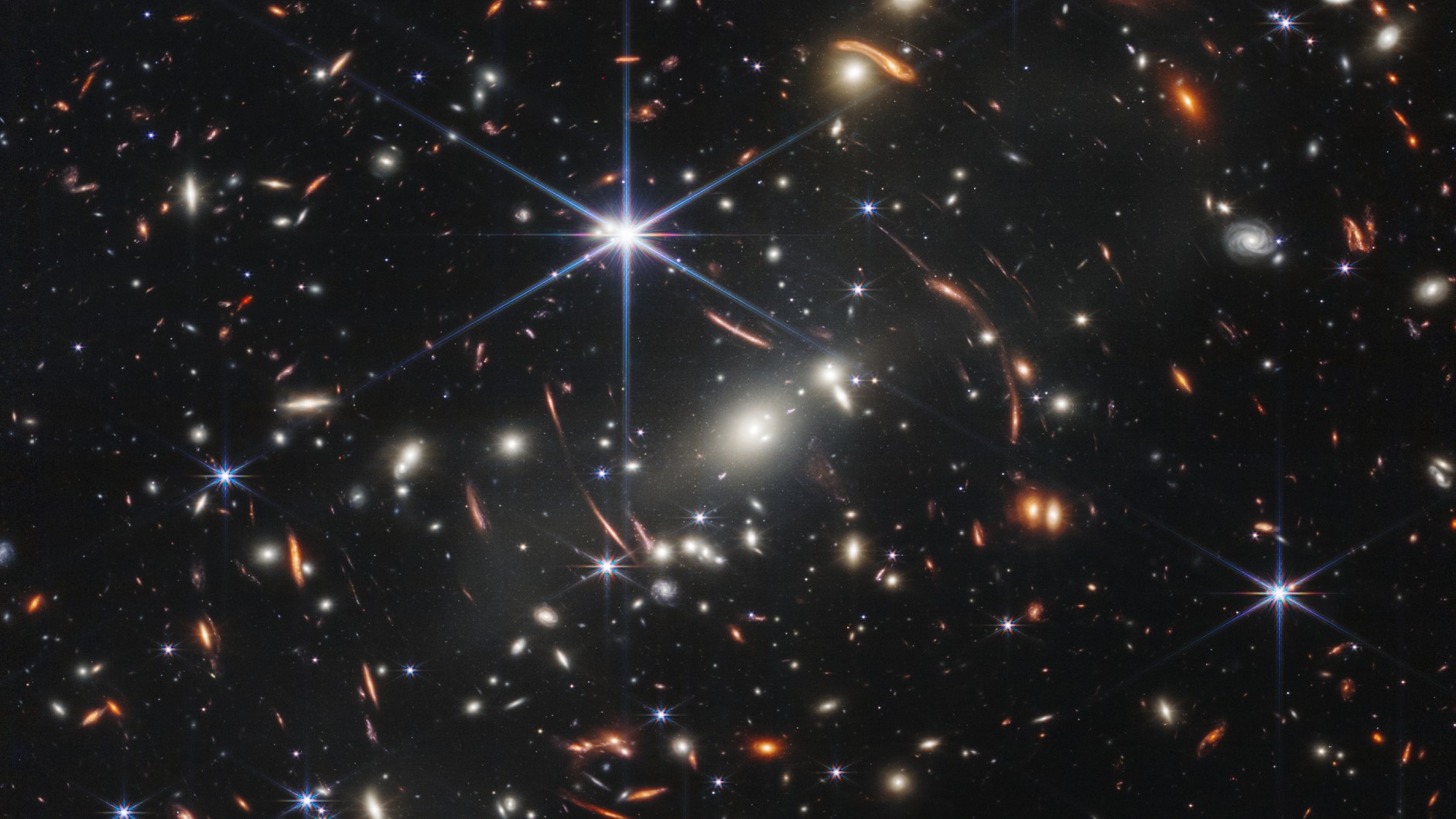
Less than three months after the first images from the James Webb Space Telescope (JWST) were beamed around the world, the $10bn observatory has teamed up with its predecessor, Hubble, to produce astonishing composite imagery.
The first collaboration between the two tracked the Double Asteroid Redirection Test (DART) as its spacecraft smashed into a small asteroid as part of a project to develop a planetary defence system capable of redirecting inbound asteroids.
Scientists used images captured by both JWST and Hubble to produce “complementary coverage through multiple wavelengths”, according to astronomy.com, which “will help reveal whether the collision threw off large chunks of rock and debris or primarily fine dust”.
The Week
Escape your echo chamber. Get the facts behind the news, plus analysis from multiple perspectives.

Sign up for The Week's Free Newsletters
From our morning news briefing to a weekly Good News Newsletter, get the best of The Week delivered directly to your inbox.
From our morning news briefing to a weekly Good News Newsletter, get the best of The Week delivered directly to your inbox.
Coverage of the DART mission was the first in an ongoing alliance between the observatories, which most recently “revealed never before seen details of two distant galaxies” more than 700 million light years from Earth, The Independent reported.
New Scientist said the telescopes complement one another, “allowing astronomers to get a more complete idea of the processes within the galaxies”. Hubble has already been working for 32 years but “the addition of JWST data brings the details into stark relief”.
Coverage from JWST is also being combined with that from Nasa’s Chandra X-ray Observatory, as space.com claimed composite images suggest “it may be at its most effective when paired with other instruments”.
What is the James Webb Space Telescope?
JWST was jointly developed by Nasa, the European Space Agency and the Canadian Space Agency.
A free daily email with the biggest news stories of the day – and the best features from TheWeek.com
Originally planned in the 1990s to launch around 2007 and to cost $500m, the complexity of the technology and later additions meant the final bill was more than $10bn.
However, “after three decades of design and construction, plagued by delays and cost overruns”, JWST had a perfect launch on Christmas Day 2021, said the Financial Times.
It was assembled at the Northrop Grumman factory in California, then sent by ship through the Panama Canal to the launch site in Kourou, French Guiana.
An Ariane 5 rocket, an ultra-reliable European launch vehicle, then took it on a 26-minute journey into space before it reached its desired orbit around the Sun, a million miles from Earth at a point known as L2. It is one of five “Lagrange points” where the gravitational pulls of the Earth and the Sun balance each other out so spacecraft can maintain a stable position relative to both without using too much fuel.
“To the surprise of even some of those who built it, JWST unpacked itself flawlessly once safely in orbit in January – with each segment of its mirror now perfectly aligned,” said Sky News.
It weighs almost 6.5 tonnes and fully unfolded is the size of a tennis court. It is expected to operate for at least ten years, although its predecessor and now exploratory partner, the Hubble Space Telescope, is still working after 32 years in orbit.
Who is it named after?
James Webb was the second administrator of Nasa, leading the American space agency during many of the Apollo Moon missions in the 1960s. He also served as the US under-secretary of state from 1949 to 1952.
However, the decision to name the telescope after him proved controversial. The Guardian reported there were “calls from astronomers for Nasa to rename the instrument amid allegations Webb was complicit in historical persecution of LGBTQ+ people”.
He is associated with the so-called Lavender Scare witch-hunt that resulted in the mass dismissal of gay and lesbian people from US government service in the mid-20th century.
A petition to rename the telescope was signed by more than 1,700 people in the astronomy community, the paper said.
What can the JWST do?
The telescope has unprecedented capabilities. It can look about five times further and thus – because light takes time to travel – much further back into history than any observatory before. It is sensitive enough to “see” all the way back to the first generation of stars that burst forth from the maelstrom of hot gas in the universe 13.5 billion years ago, just 300 million years after the Big Bang.
It is able to watch the births of ancient stars and galaxies usually obscured by vast clouds of dust. Most of the light from these new stars is absorbed by the surrounding dust, and they are therefore hidden to normal optical telescopes.
How is this telescope different?
The JWST was conceived in 1989 as the successor to the Hubble Space Telescope which, at the time, was about to be launched. Whereas Hubble looks at the universe mostly using visible light, the JWST observes infrared light – electromagnetic radiation invisible to the human eye – allowing it to see further.
Its Optical Telescope Element collects light using a primary mirror that is the largest ever launched into space: 6.5 metres in diameter (compared to the Hubble’s 2.4 metres), and consisting of 18 gold-plated hexagons made out of the metal beryllium. The telescope has to stay very cold as stray heat signals would interfere with the infrared detectors.
How does it stay cold?
The optical telescope has to sit atop a shield, made from a five-layered sandwich of metal foils, that will protect the main mirror and its sensitive instruments from the heat and radiation of the Sun. The cold side of the shield, where the instruments will be, will be extremely cold at –234°C.
However, on the Sun-facing side of this shield, where the spacecraft’s solar array and propulsion systems will sit, temperatures reach up to 110°C. Nasa says that the sunshield provides the equivalent sun protection factor, or SPF, of more than a million.
What are some of the other instruments on board?
The near infrared camera will generate a stream of epic images of stars, galaxies and planets that will no doubt delight astronomy and space nerds (amateur and professional) around the world.
The mid-infrared instrument will be able to analyse the coldest and dustiest parts of the universe – a crucial part of the mission.
The near-infrared spectrograph has 250,000 shutters to split incoming light into its constituent wavelengths, helping scientists understand which chemical elements the light came from.
Why is that important?
The JWST will be able to take images of nearby exoplanets – planets outside our solar system – and examine the contents of their atmospheres for molecules such as oxygen, water or methane.
For the first time, astronomers will also be able to see weather patterns on these distant worlds. It represents a leap in the exciting field of astrobiology: the hunt for life in the universe.
“While scientifically important in its own right”, the first image released in July this year and those that followed “are very much a first glimpse”, said Sky News.
“They were chosen to showcase JWST’s capabilities to an entire generation of scientists that will use the orbiting observatory – and also to the public that paid for it,” said the broadcaster.
Ultimately, what’s it all for?
By observing young, distant stars and currently dark regions of the universe, the JWST should shed light on some of the most profound cosmological mysteries, such as the role of dark energy and dark matter – which make up, respectively, 68% and 27% of the stuff in the universe, yet are very poorly understood.
“How did we get here? What is the universe? And how did it come into being?” said David Hunter of the Space Telescope Science Institute at Johns Hopkins University. “With something like the JWST, you actually have a tangible way of finding answers.”
-
 ‘Care fractures after birth’
‘Care fractures after birth’instant opinion Opinion, comment and editorials of the day
-
 Shots fired in the US-EU war over digital censorship
Shots fired in the US-EU war over digital censorshipIN THE SPOTLIGHT The Trump administration risks opening a dangerous new front in the battle of real-world consequences for online action
-
 What will the US economy look like in 2026?
What will the US economy look like in 2026?Today’s Big Question Wall Street is bullish, but uncertain
-
 Blue Origin launches Mars probes in NASA debut
Blue Origin launches Mars probes in NASA debutSpeed Read The New Glenn rocket is carrying small twin spacecraft toward Mars as part of NASA’s Escapade mission
-
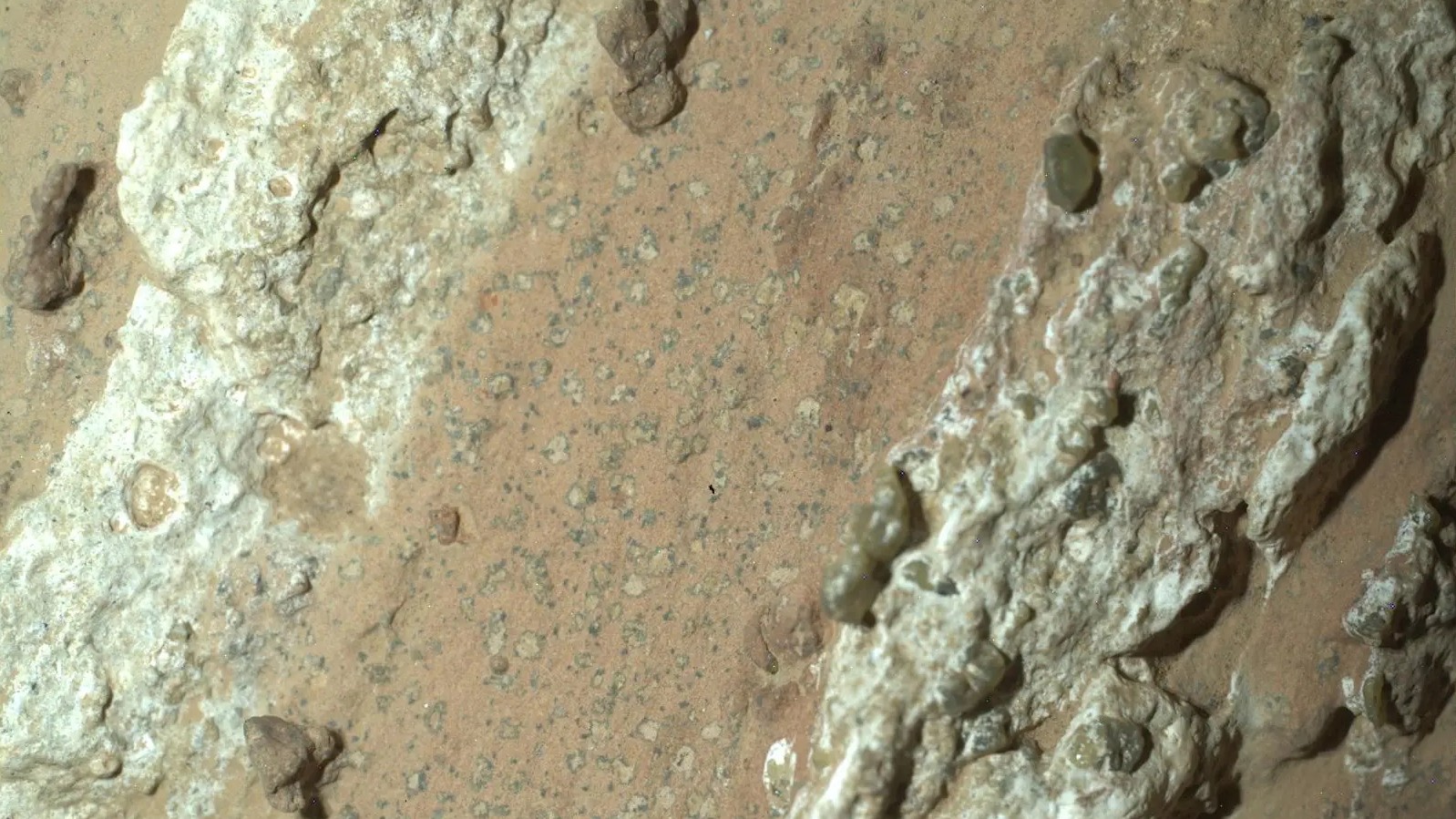 NASA reveals ‘clearest sign of life’ on Mars yet
NASA reveals ‘clearest sign of life’ on Mars yetSpeed Read The evidence came in the form of a rock sample collected on the planet
-
 SpaceX breaks Starship losing streak in 10th test
SpaceX breaks Starship losing streak in 10th testspeed read The Starship rocket's test flight was largely successful, deploying eight dummy satellites during its hour in space
-
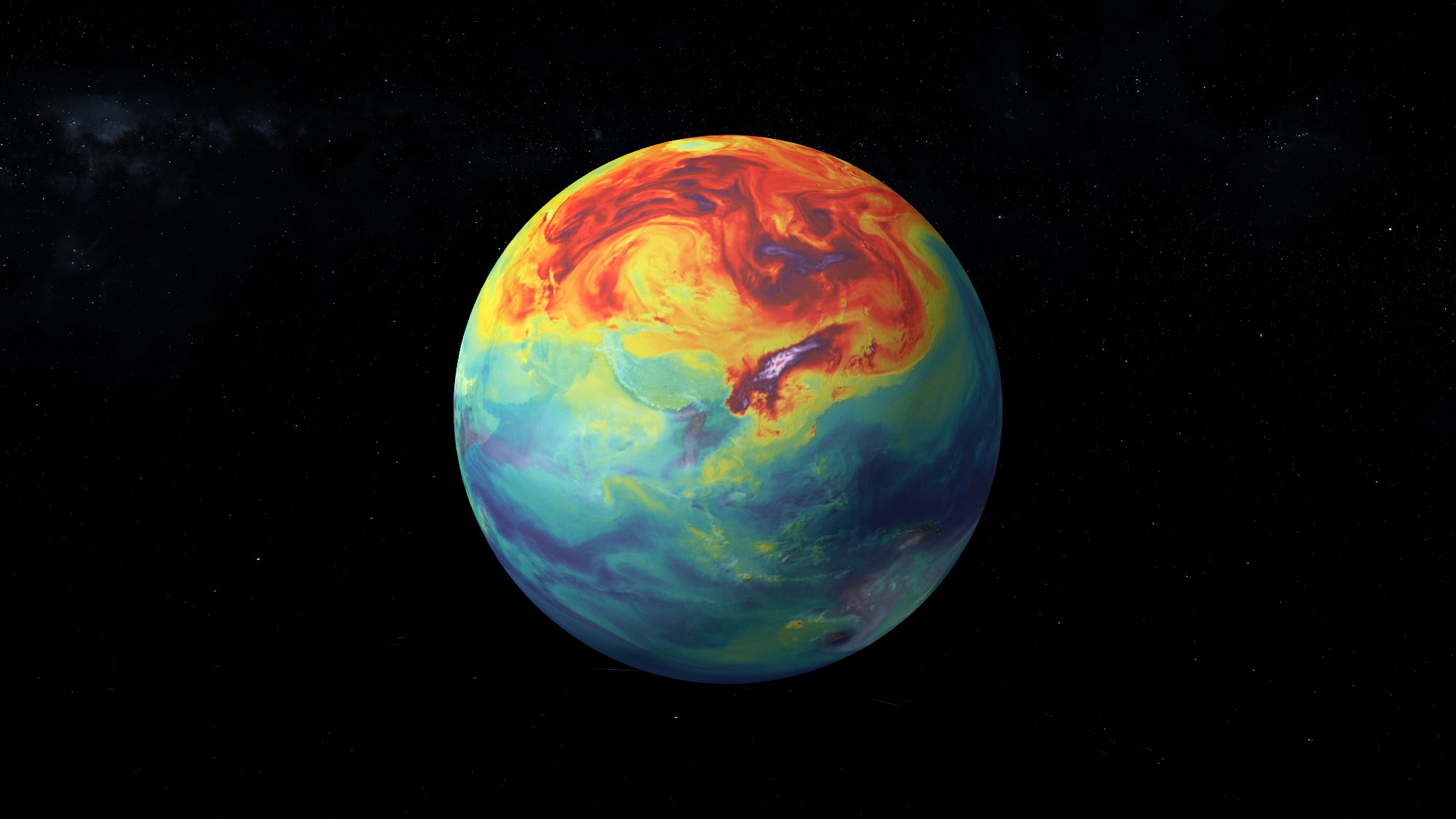 NASA is moving away from tracking climate change
NASA is moving away from tracking climate changeThe Explainer Climate missions could be going dark
-
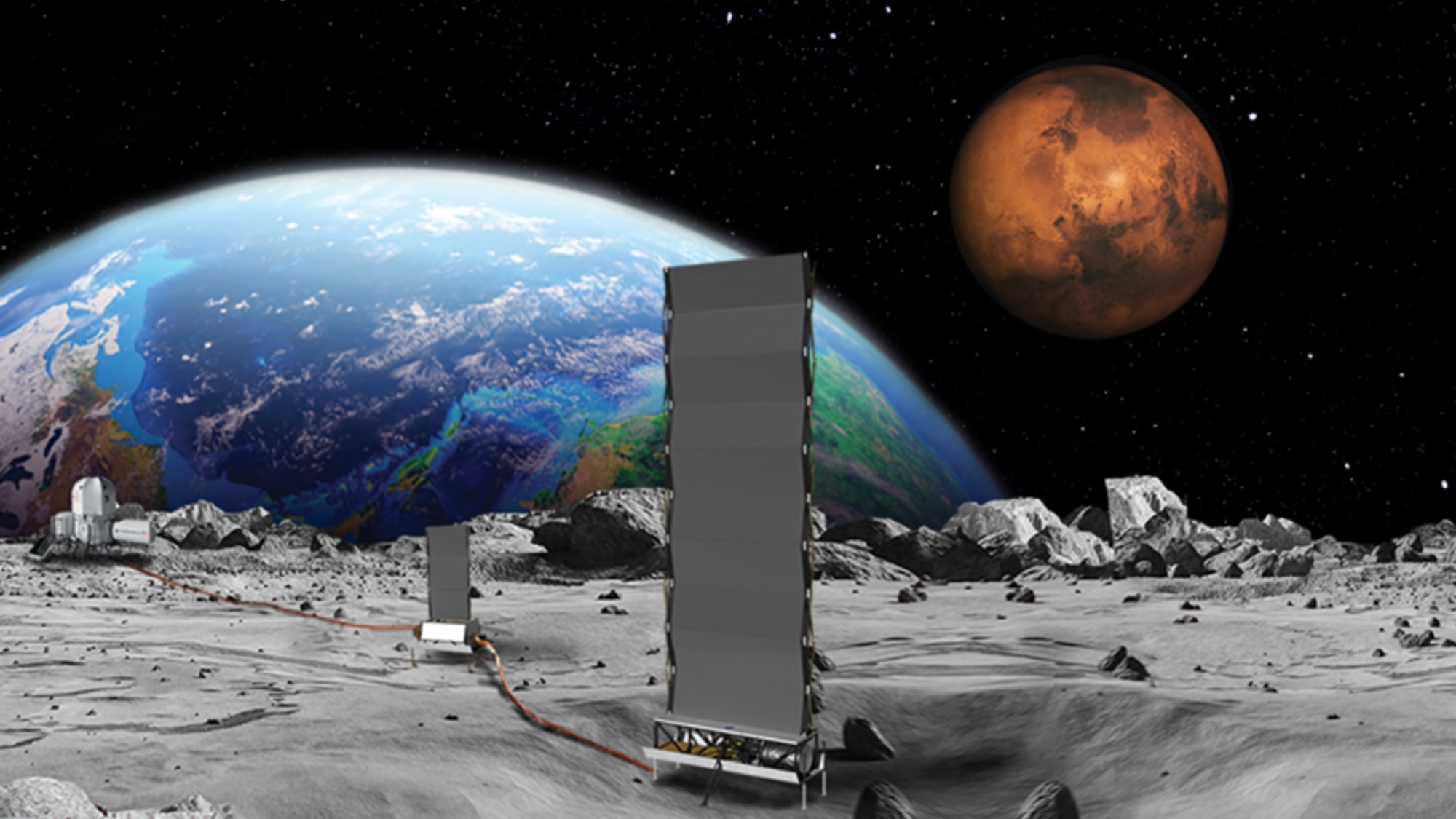 Why does the US want to put nuclear reactors on the moon?
Why does the US want to put nuclear reactors on the moon?Today's Big Question The plans come as NASA is facing significant budget cuts
-
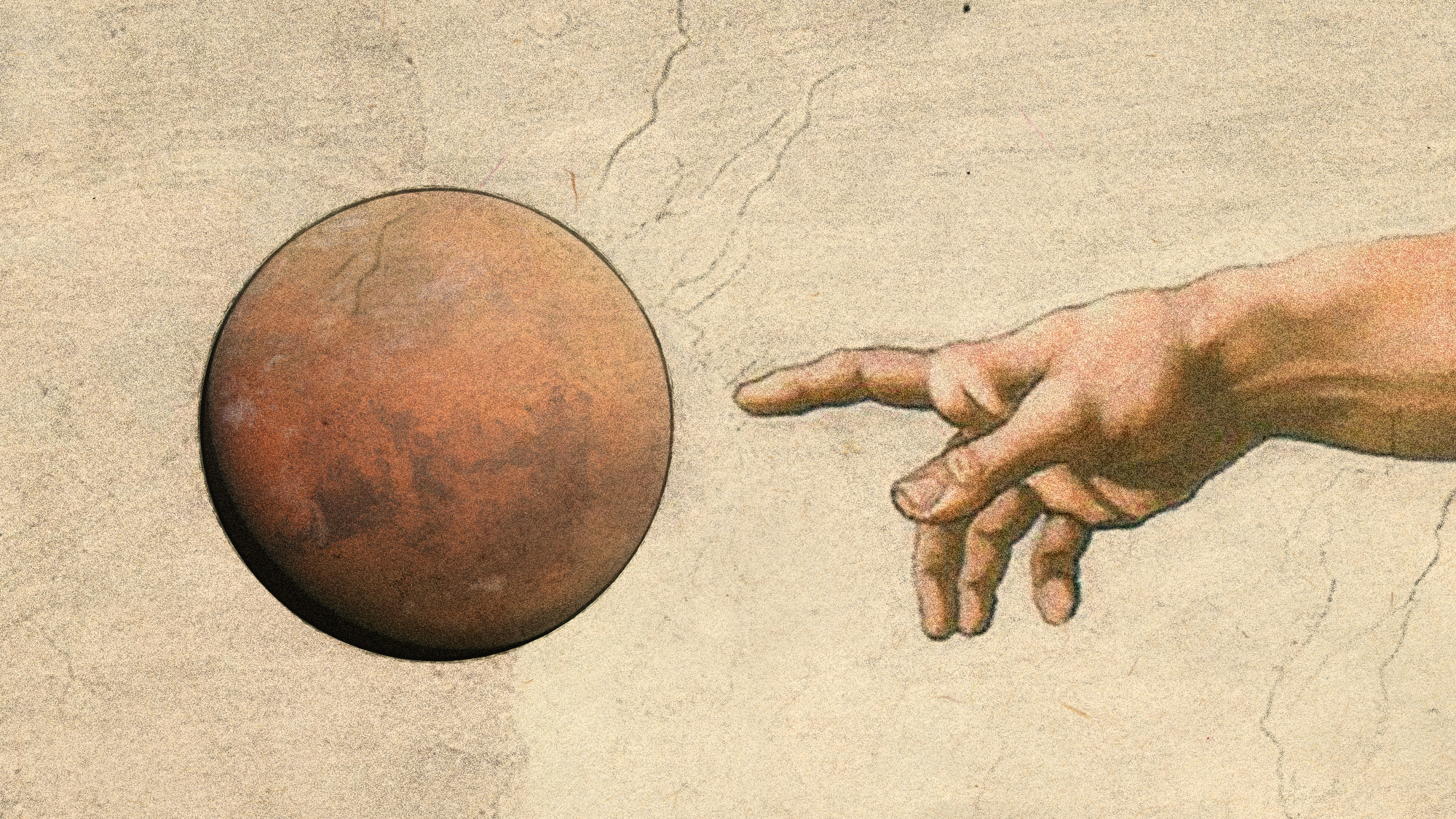 Answers to how life on Earth began could be stuck on Mars
Answers to how life on Earth began could be stuck on MarsUnder the Radar Donald Trump plans to scrap Nasa's Mars Sample Return mission – stranding test tubes on the Red Planet and ceding potentially valuable information to China
-
 Why is Nasa facing a crisis?
Why is Nasa facing a crisis?Today's Big Question Trump administration proposes 25% cut to national space agency's budget in 'extinction-level event'
-
 Katy Perry, Gayle King visit space on Bezos rocket
Katy Perry, Gayle King visit space on Bezos rocketSpeed Read Six well-known women went into lower orbit for 11 minutes